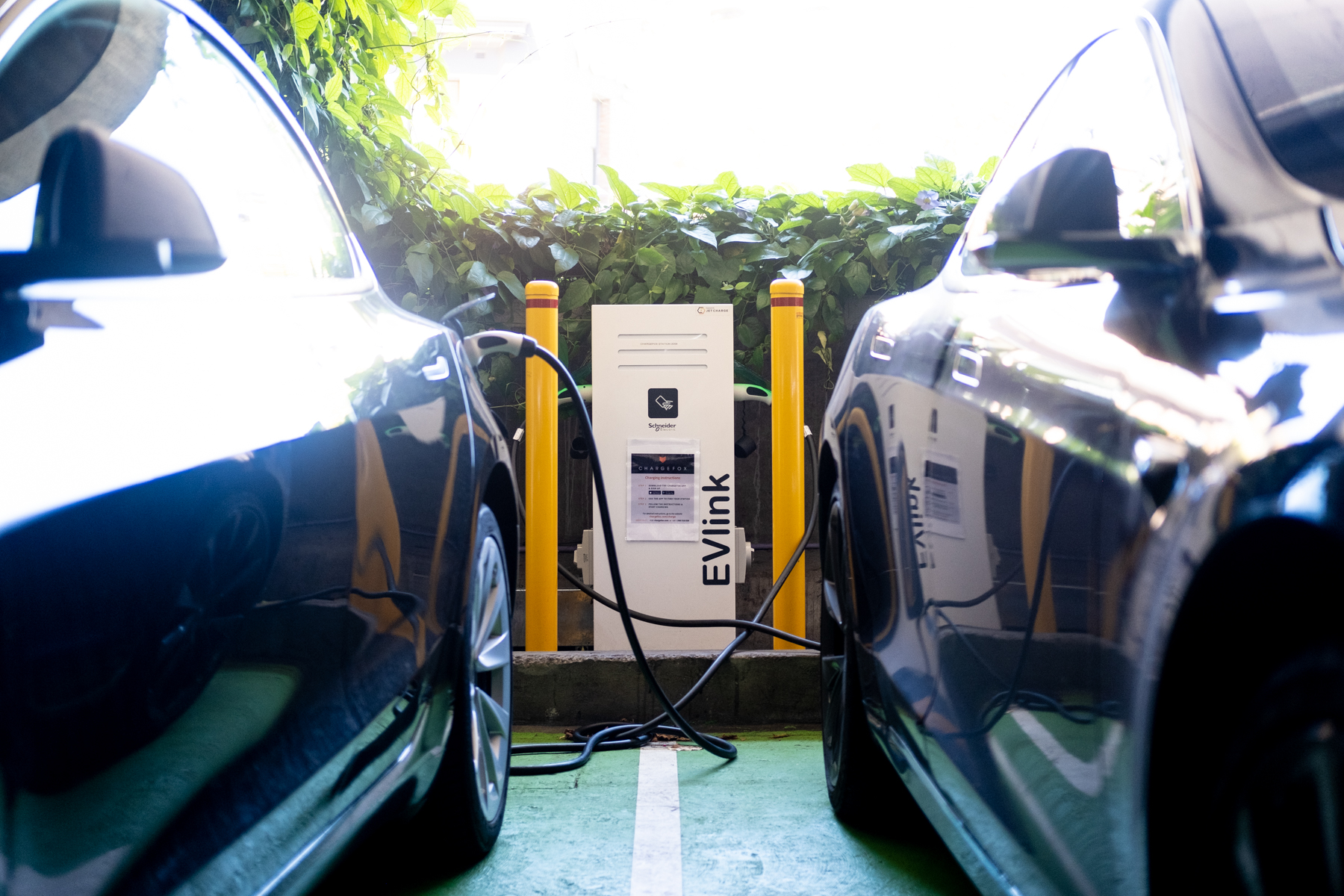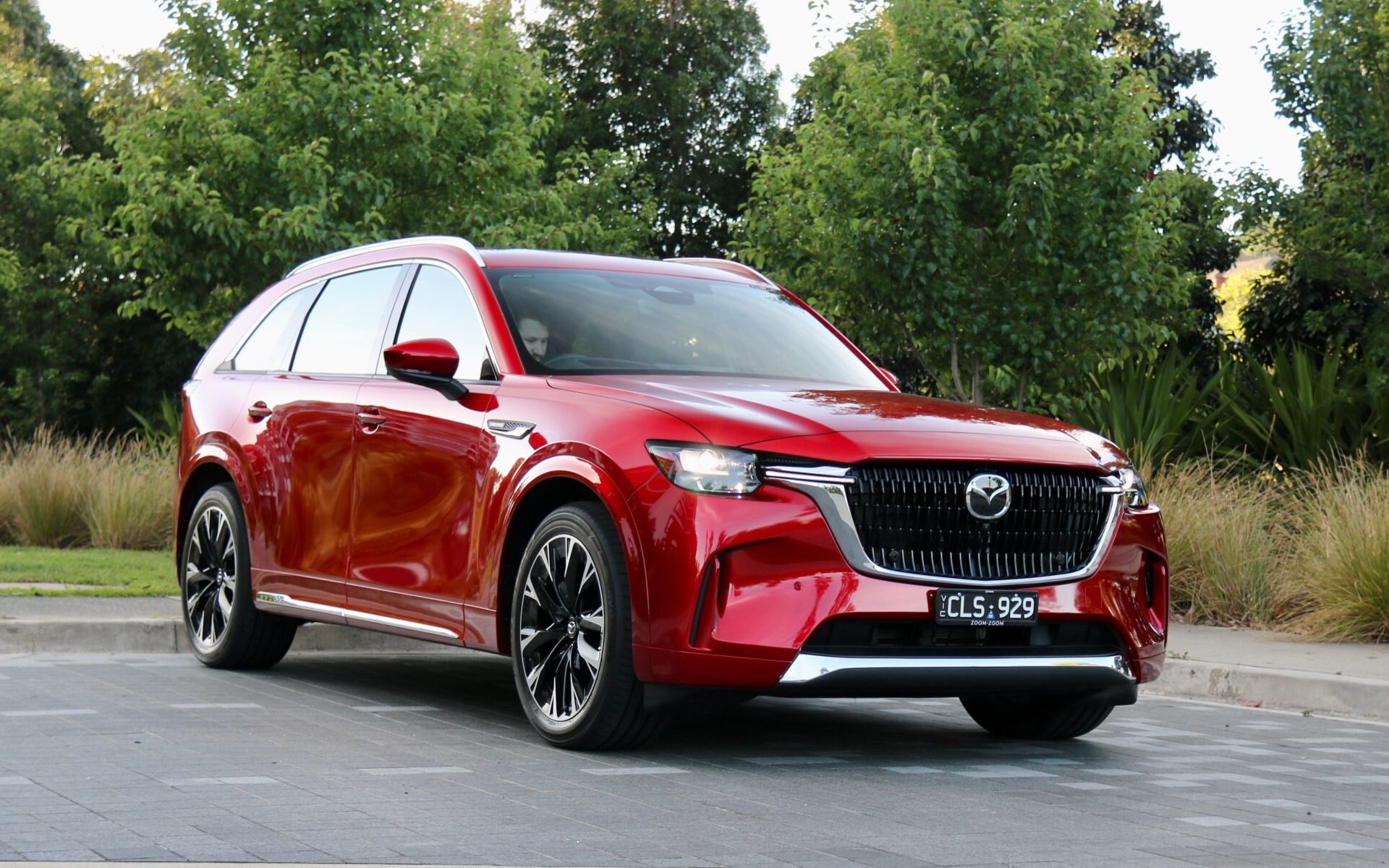
Snapshot
- Think tank report shows ICE vehicles need to be phased out by 2035
- Target of net zero emissions by 2050 achievable by moving to EVs
- Adoption of climate policy would put Australia in line with other countries
It would be impossible for Australia to reach a goal of net zero carbon emissions by 2050 without phasing out internal combustion engine cars (ICE) by 2035, according to a leading climate change think tank.
The Victoria-based Grattan Institute’s latest report on Australia’s climate change policy – titled Towards net zero: Practical policies to reduce transport emissions – shows drastic change is needed to meet a proposed target of net zero emissions by 2050, something which the Federal Government hasn’t yet committed to despite other countries signing a pledge earlier this year.
Phasing out and ultimately banning the sale of ICE vehicles by 2035 will be the best way to achieve the net zero target, with the Grattan Institute report suggesting Australia needs to fall in line with plans already put forward by the European Union and Canada.
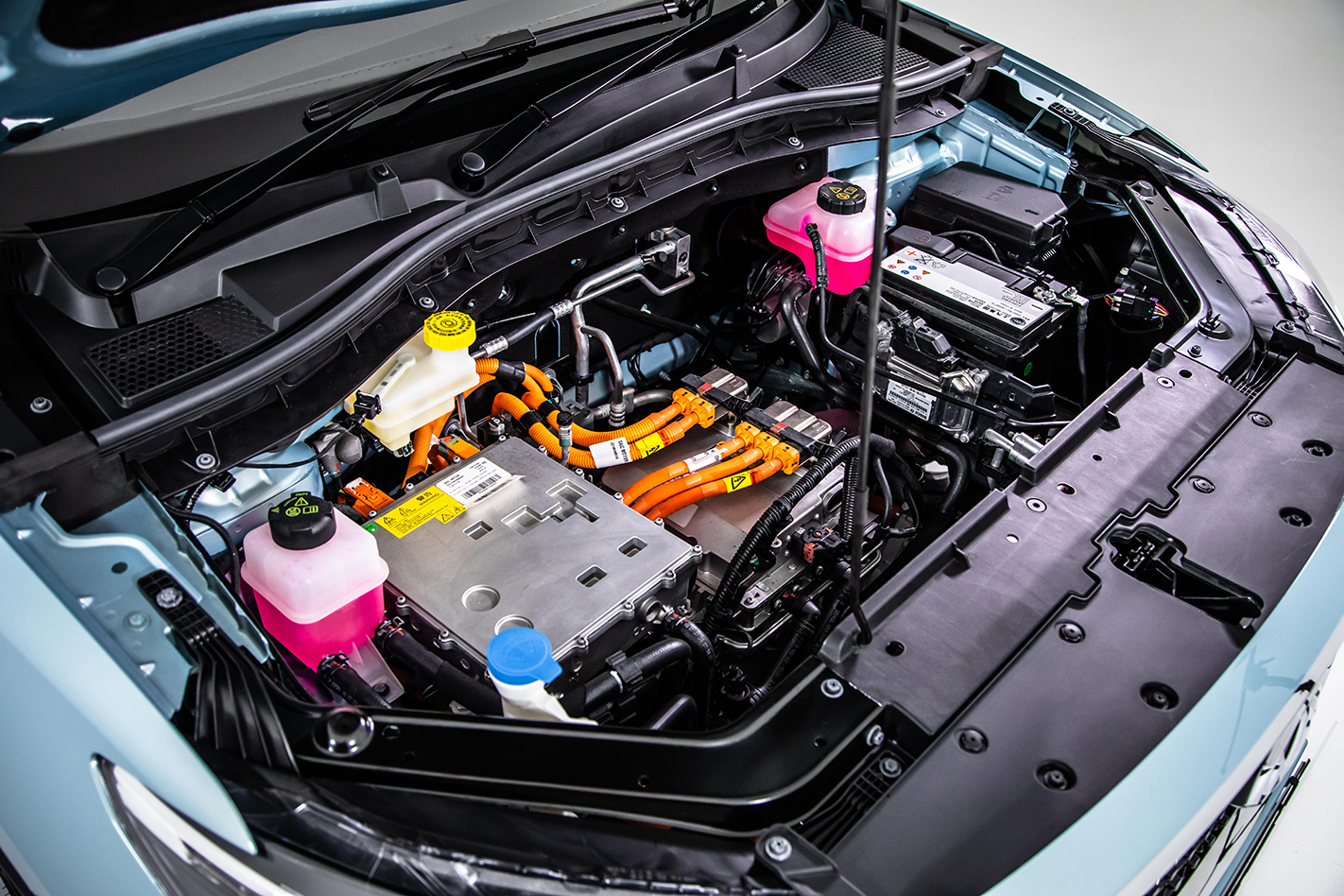
Financial affordability of electric vehicles is often cited as one of the limitations of their success in Australia, with models often being in excess of $10,000 more than their ICE counterparts – even after state government incentives.
The Grattan Institute has called for the Australian Government to reduce the cost of EVs through introducing exemptions for stamp duty, import duty and the Luxury Car Tax (LCT), cutting prices by over 10 per cent in some instances.
The LCT threshold was increased in May to $79,659 for fuel efficient and electric vehicles, seemingly having no effect on a majority of the market which were already above the previous threshold of $77,565.
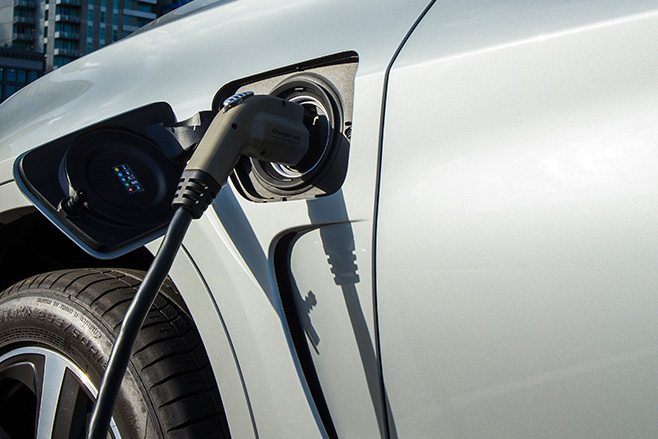
CEO of the Electric Vehicle Council, Behyad Jafari, told WhichCar he believes the Grattan Institute’s findings show the Government needs to act now and embrace EVs before it’s too late.
“The Grattan Institute is right to point out to reach net zero by 2050, all new car sales will need to be zero emissions no later than 2035,” said Jafari.“Australia is far from on track to achieving this and, as the report points out, we won’t get there without strong Government policy.“We know what needs to be done to get Australia on track. Immediately incentivise electric vehicles to boost sales, set long term targets to provide certainty for investment and in the meantime, don’t do silly things like introducing premature new taxes on EVs.”
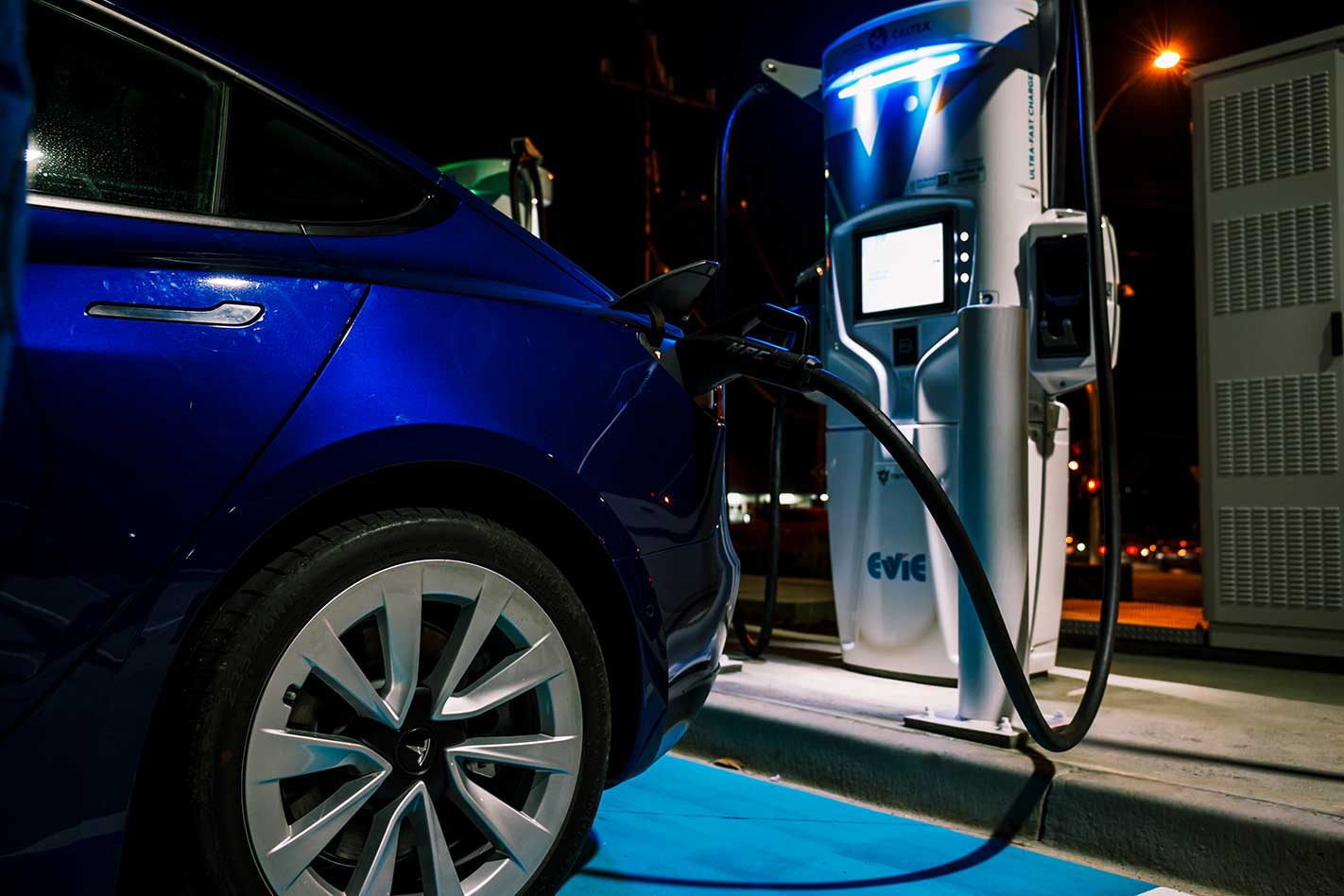
Chief Executive of the Federal Chamber of Automotive Industries (FCAI), Tony Weber, said the report reflects FCAI’s belief in Government-led policy to encourage EV ownership in Australia but a ban on ICE vehicles may be detrimental to the local market.
“This report highlights key changes which can be made to increase the take up of electric and hydrogen-powered vehicles, and lower Australia’s emissions more broadly,” said Weber.
“Many of the policy directions outlined in the report align with policies FCAI has maintained for years, including a reduction in car import charges and the scrapping of the Luxury Car Tax.
“Tax reform would reduce the cost of electric vehicles in Australia.
“The automotive industry has released its own Emission Standards and reporting system, which sets out industry and brand CO2 reduction targets. Our aim is to reduce emissions by more than 50 per cent by 2030.
“[However] this approach does not recognise the significant differences in market preferences across Australia, which is unique among the global markets.
“Governments should pick targets, not technologies. Decisions around technology should be left to the experts – the vehicle makers.
“The aim should be to reduce CO2 rather than give preference to one technology over another.”
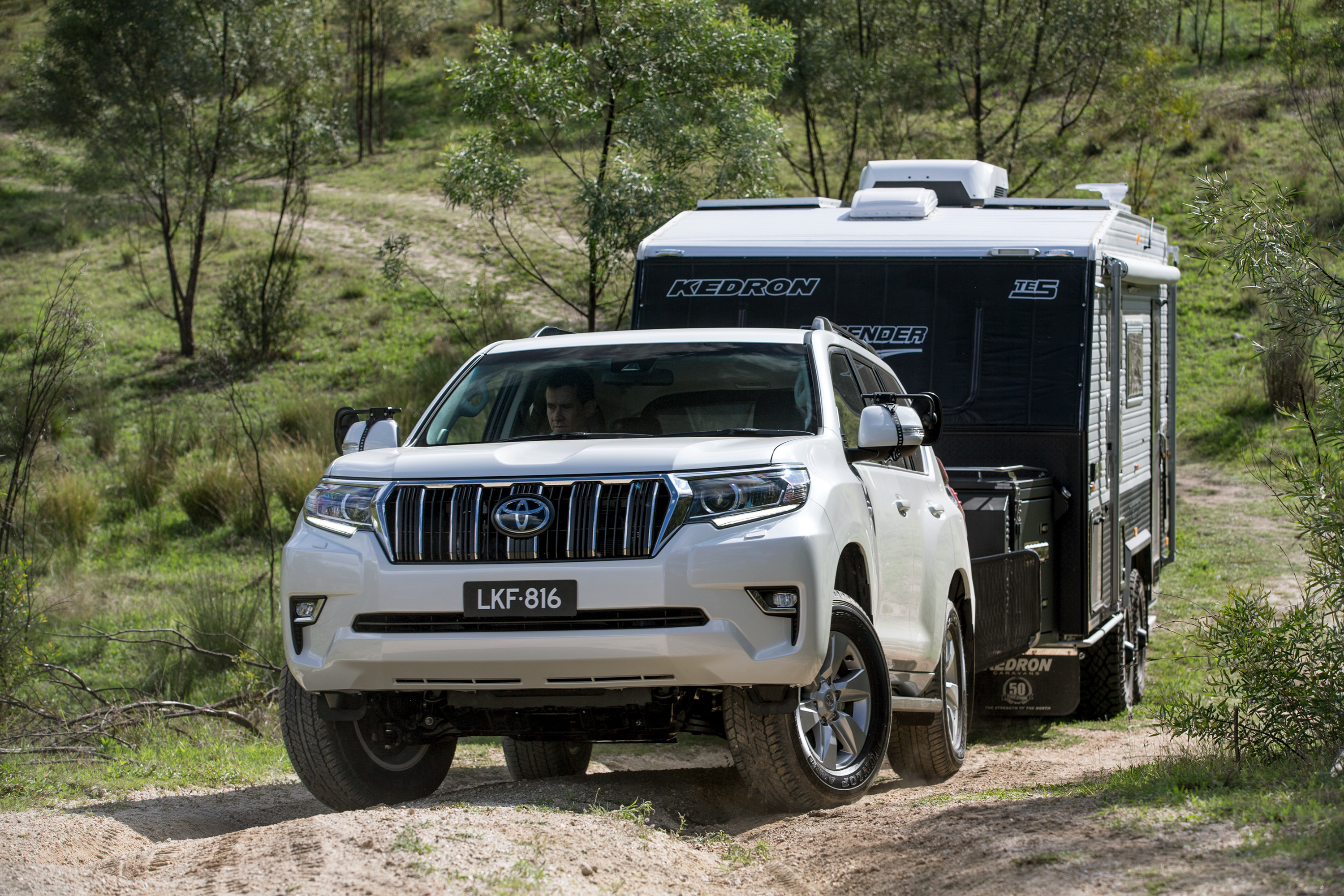
EV sales have been on the rise in Australia, with sales to the midpoint of 2021 at nearly triple the number as the same time in 2020, however it still remains the least popular fuel source for new cars in Australia, making up just 0.4 per cent of all new vehicle sales in 2021 so far.
This spike coincides with various incentives being rolled out by state and territory governments to get buyers into EVs, with Victoria, Queensland, Tasmania and the Australian Capital Territory having already implemented their schemes.
New South Wales is set to begin its program in September, possibly the most generous in Australia so far with a $3000 rebate available for the first 25,000 buyers alongside a waiving of stamp duty, which can be as much as $3000, both of which could lead to a larger jump in EV uptake.
By contrast, 56 per cent of new cars sold this year are powered by a petrol engine while diesel accounts for 32.5 per cent of new vehicle sales, demonstrating the Australian reliance on ICE vehicles by taking up 88.5 per cent of the market.
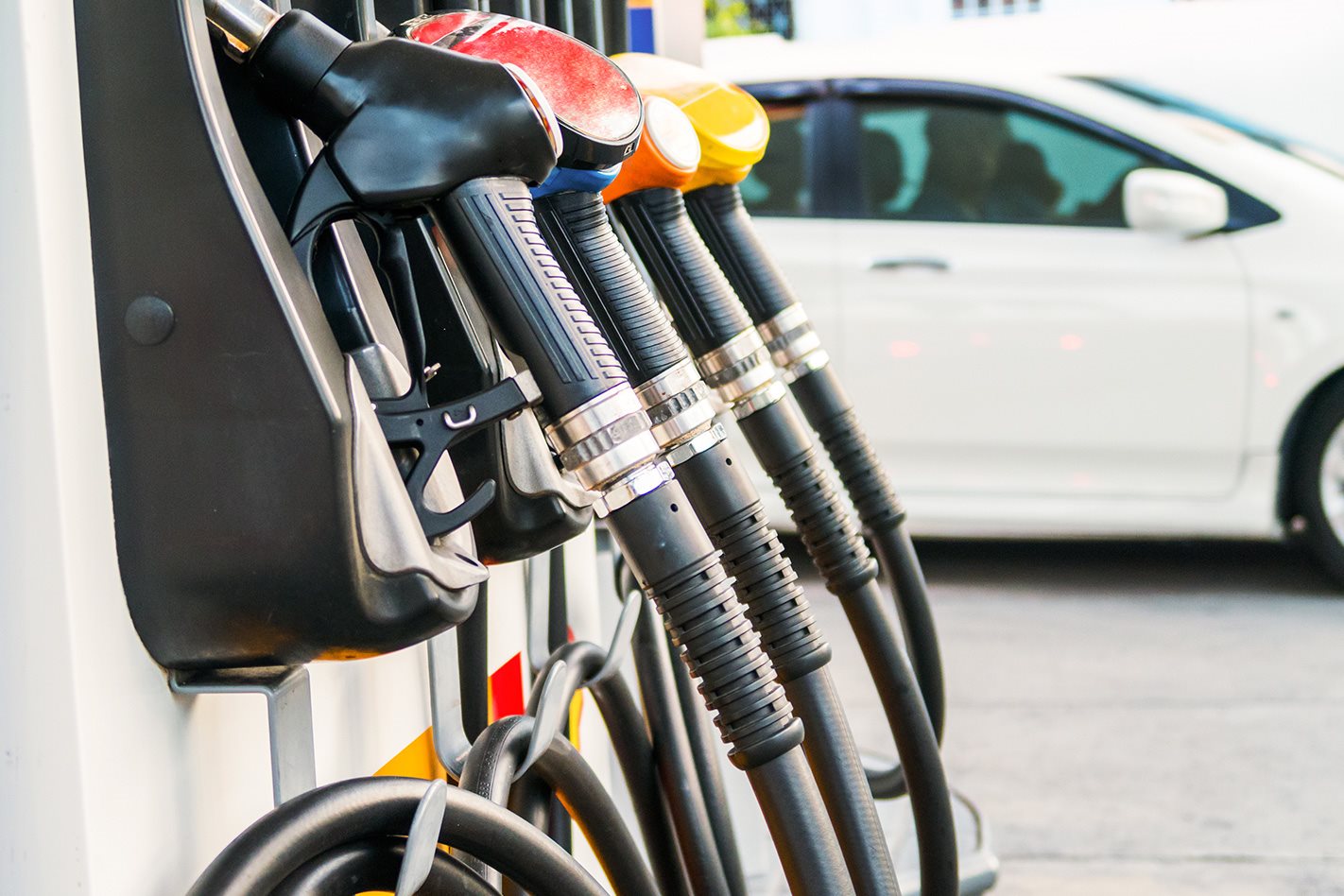
Australia may be forced into adopting new EVs regardless of local policy due to a majority of manufacturers making their own commitments to drop ICEs from model line-ups by 2035, conforming to the planned European regulations to continue selling vehicles in the world’s third-largest new car market.
The Grattan Institute’s report found the best policy would be the introduction of an emissions price but conceded, “we need to accept the regrettable reality that neither side of Australian politics is going to introduce an emissions price any time soon.”
We recommend
-
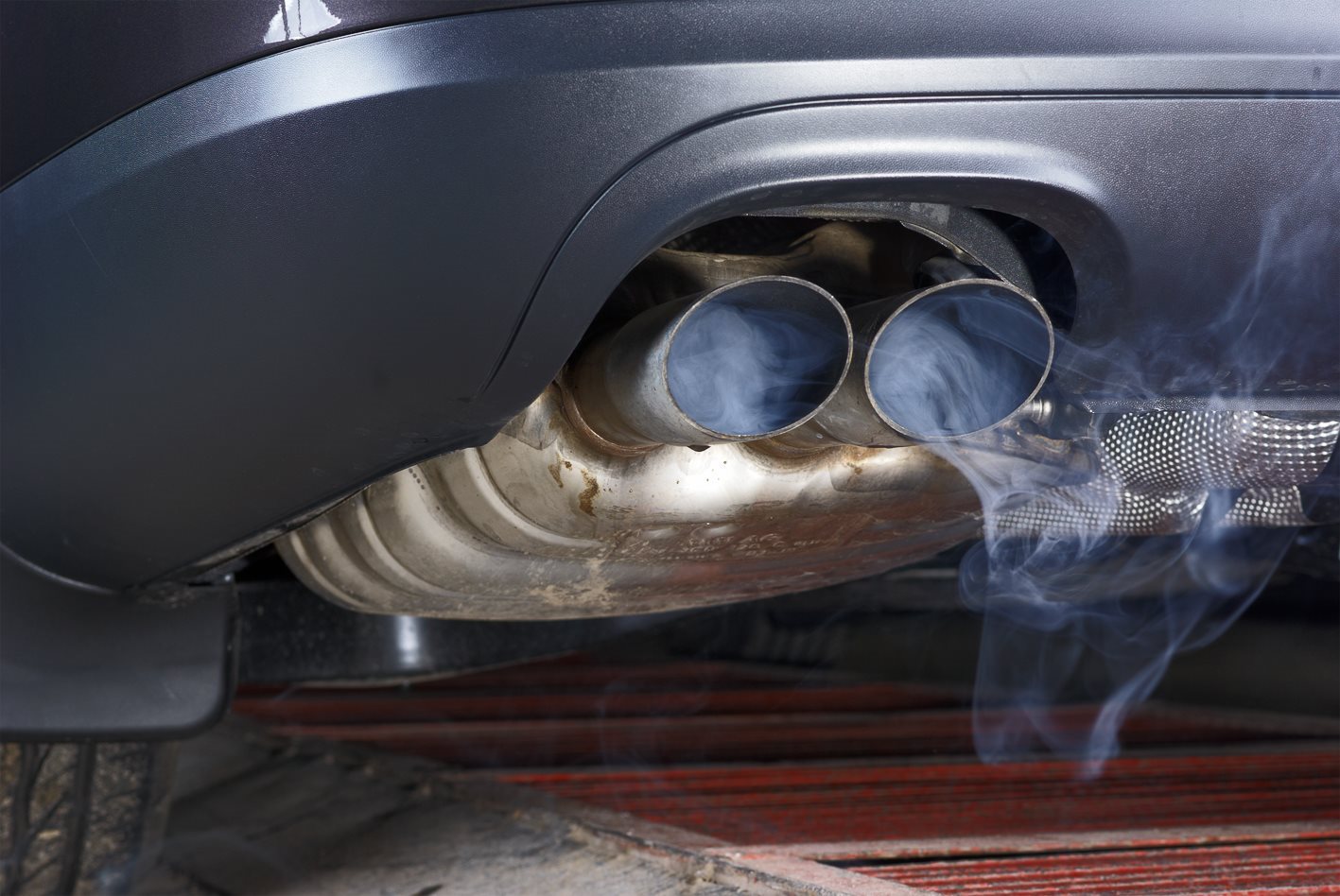 News
NewsCanada commits to zero-emission only vehicle sales by 2035
Trudeau's Canada wants all vehicles to go green
-
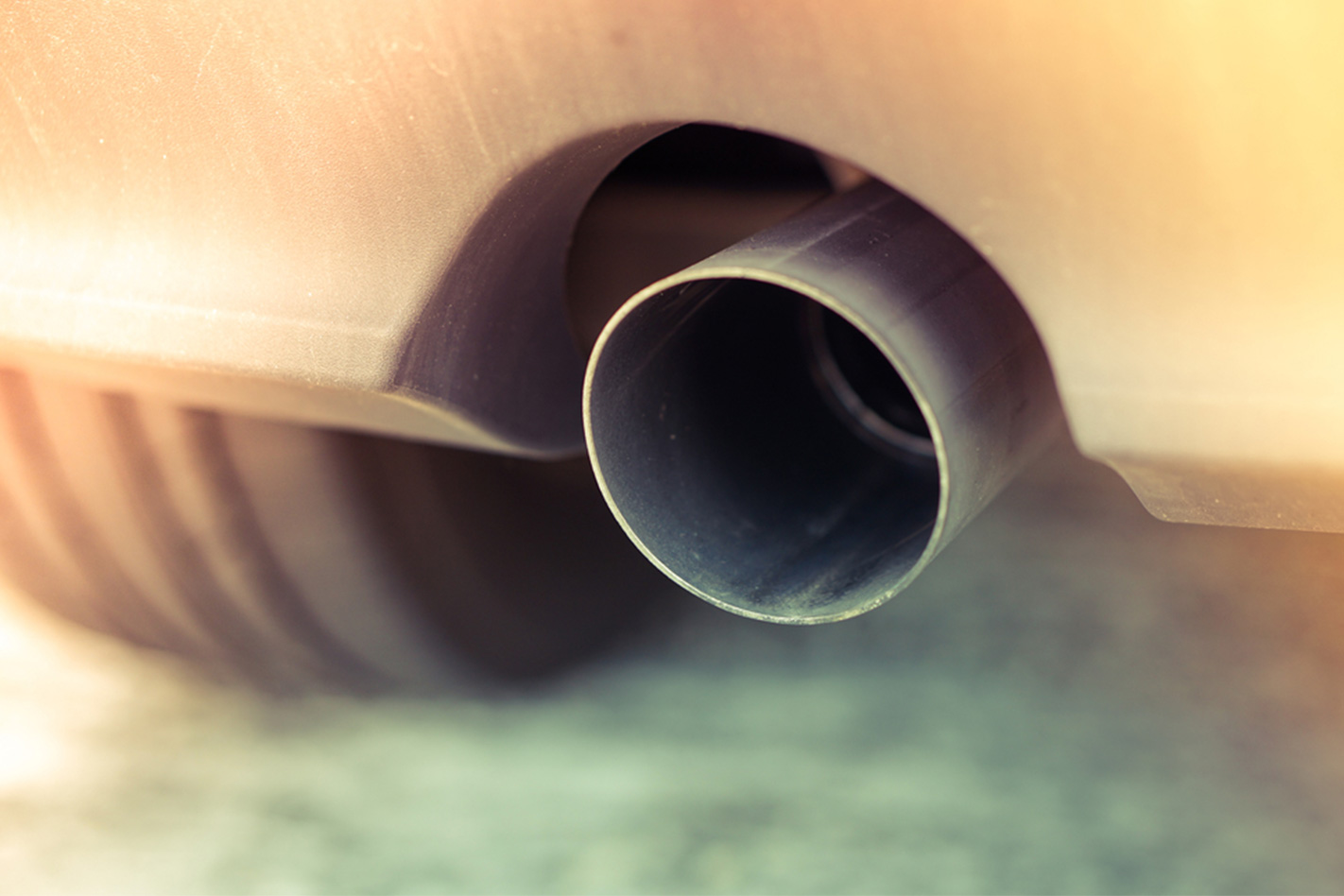 News
NewsEU officially proposes ban of ICE vehicles from 2035
ICEs on notice ahead of proposed ban in 14 years
-
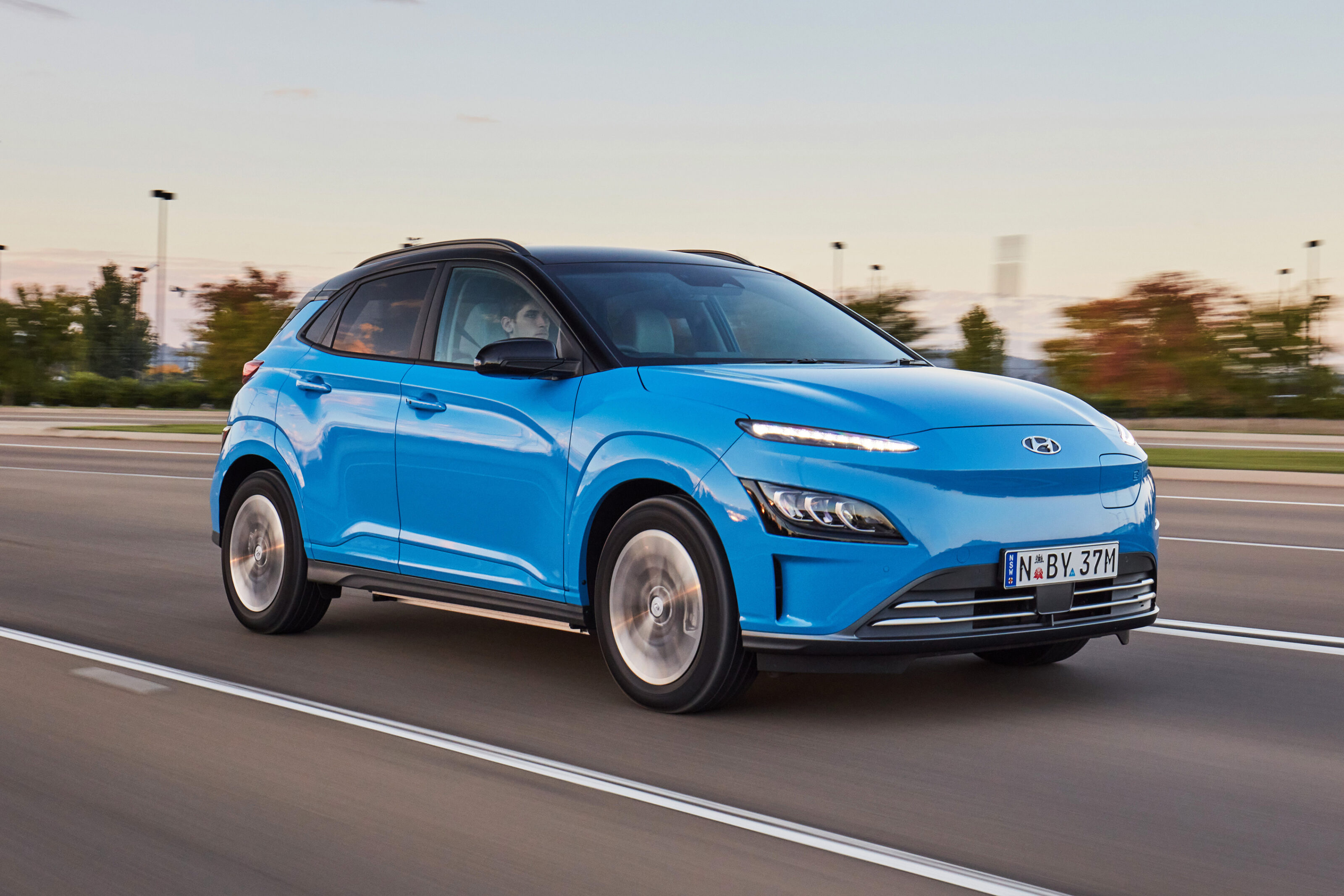 News
NewsEV and PHEV sales rise as state and territory governments introduce subsidies
June sales data shows EV sales are up almost 200 per cent on last year, setting a new monthly record


